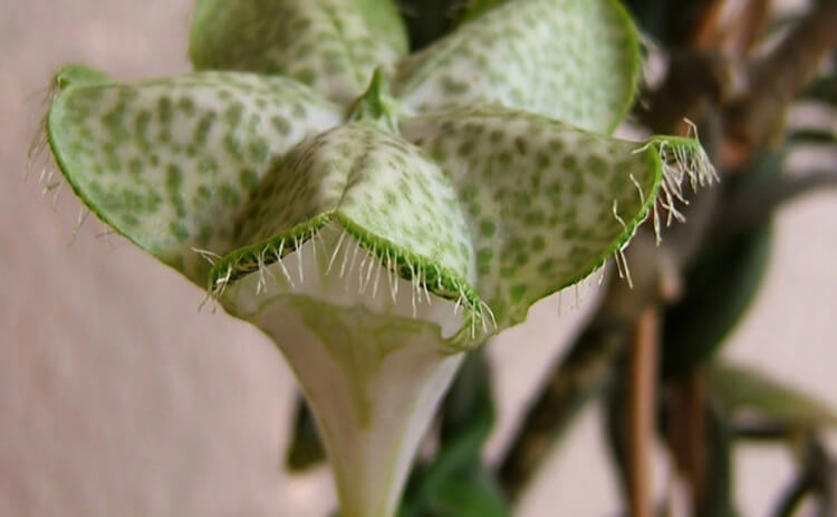
This archived news article is over 5 years old.
Houseplant Mimics the Scent of a Trapped Bee in Order to Lure Carnivorous Pollinators
Joanna Lawrence
6th October, 2016


Joanna Lawrence
6th October, 2016
